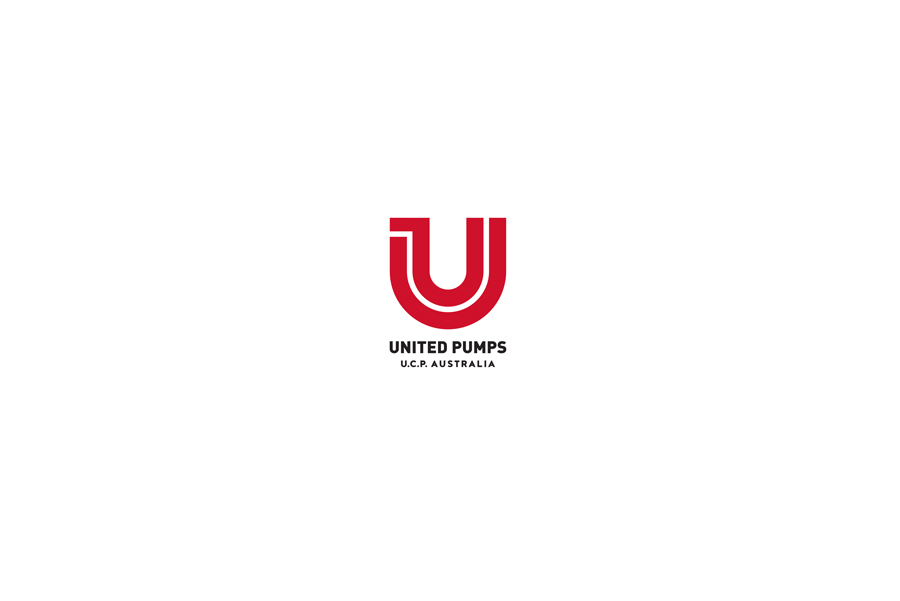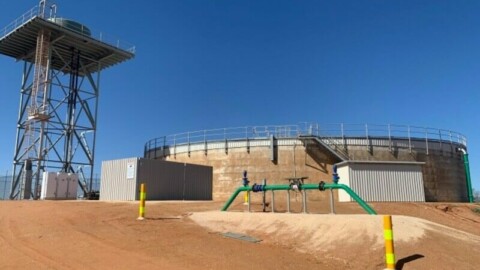Rio Tinto’s innovative use of surplus water from the recent commencement to large scale below water table mining operations has resulted in an inaugural bumper hay crop from its pastoral leases in the Pilbara.
The Hamersley Agricultural Project (HAP) covers 835 hectares of land and takes advantage of surplus water supply generated from nearby Marandoo mining operations to grow pasture for cattle stations operated by Rio Tinto across the Pilbara. The remainder is used to support mine operations, provide water supply for Tom Price township or is reinjected in to the Southern Fortescue Borefield.
HAP is the first project of its kind in the Pilbara, relying on 35 kilometres of mild steel pipe, 22 pumps and large-scale associated pumping infrastructure. The completed project uses very large centre pivots, each able to irrigate 40 to 50 hectares of pasture land.
The majority of pivots are now operational, with 15 of the total 17 pivots currently irrigating around 750 hectares. One small 7ha pivot is reserved for growing native seeds for future minesite rehabilitation.
The trial cut of the Rhodes grass crop was in January 2013, and the first quarter’s operations resulted in approximately 3,000 bales – equating to more than 2000 tonnes of hay, with a revised annual estimate of about 25,000 tonnes.
Rio Tinto general manager for Climate Change, Water and Environment Allan Jackson said the launch had been a great success and remained on track to produce hay to project expectations.
“We have already started supplying our pastoral operations in the Pilbara and are presently refining the process by which we could sell any surplus externally. This project will produce hay all year round at a consistent quality, and we expect to cut the crops up to eight times per year,” he said.
“Rio Tinto is committed to responsible water management across its operations. That means not only limiting use wherever possible, but also enabling innovative solutions such as the agricultural project to put that water to good use. This expertise will prove increasingly important as more of our sites produce surplus water due to increased mining below water table.”
Rio Tinto holds six pastoral stations in the Pilbara and manages five covering 1.5million heactares of land in total. The five managed stations of Karratha, Hamersley, Rocklea, Juna and Yarraloola can jointly run up to approximately 25,000 head of cattle.
Pastoral lease and rangeland management brings a number obligations including; the maintenance of a commercial cattle herd, management of environmental aspects including rangeland pasture cover, water and fence facilities and fire risk, and interaction with Traditional Owners. Property management strategies for each station encompass all company policies with emphasis on safety, local heritage values, and natural resource conservation.


















